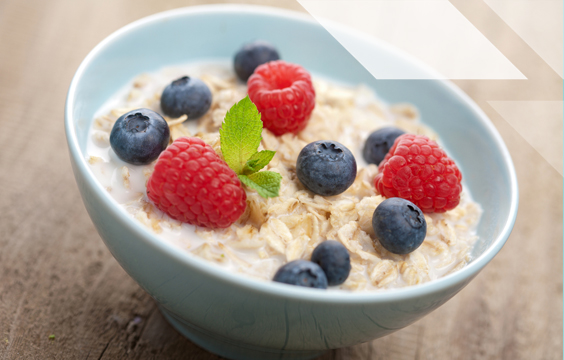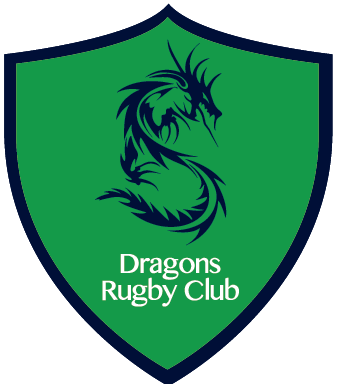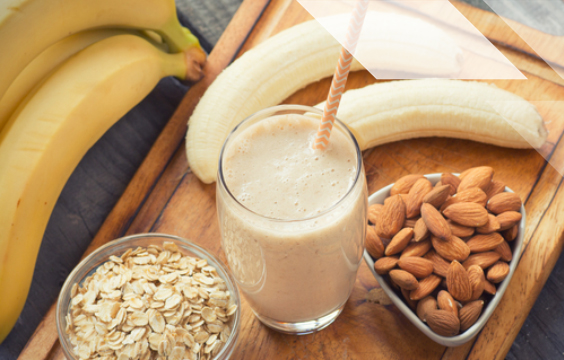Nutrition for the Adolescent Athlete – Sports Dietitians Australia (SDA)
About Adolescent Health
Ask any parent of a teenager and they probably have a colourful story of just what happens to the fridge when their sons and daughters arrive home from a hard day at school. Perhaps they have been asked to pack more into the lunchbox, or they notice the sly bowl of cereal consumed after dinner. Add to that the considerable load that many adolescents are put under in organised sport, and you can see that it can be quite a job to fuel a teenager, let alone a teenage athlete.
While the Australian dietary guidelines provide suitable advice for adolescents who participate in general physical activity, special issues of sports nutrition begin to emerge for those who have a high-level of participation in sport. The adolescent athlete is in a unique situation. They must meet the nutritional requirement associated with undertaking daily training and competition while ensuring they have a diet that caters to the added demands of their growth and development. To ensure that the adolescent athlete fulfils his or her potential, eating patterns should consider the needs for sporting success with the nutritional considerations for healthy growth and development.
This fact sheet is targeted at athletes aged 12-18 years who have involvement with organised training and competition (active adolescents) and those with higher training volumes (competitive adolescents). Elite adolescent athletes are advised to receive individualised support from Accredited Sports Dietitians.
Energy for Adolescent Athletes
Energy intake of adolescents should provide adequate support for growth and development needs, while maintaining the desired energy expenditure for exercise and performance goals. No simple methods exists that can accurately determine the exact energy needs of adolescent athletes. Therefore, markers of growth and health will help to determine if total energy intake is appropriate.
Athletes should be encouraged to moderate eating patterns to reflect daily exercise demands. This will often mean that larger meals and regular snacking are required to meet the increased energy demands on training days.
Adolescents require the knowledge and support to develop a healthy lifelong relationship with food. Parents, guardians, and coaches play a key role in this.
Those responsible for adolescent athletes should be aware that body composition is only one contributor to athlete performance, and that dietary and training strategies exclusively designed to manipulate an adolescent’s physique independent of performance should be avoided. It is important that eating patterns and food selection during adolescence reinforce long-term health, as well as developing a positive body image.
Keep reading….
Source: Nutrition for the Adolescent Athlete – Sports Dietitians Australia (SDA)

